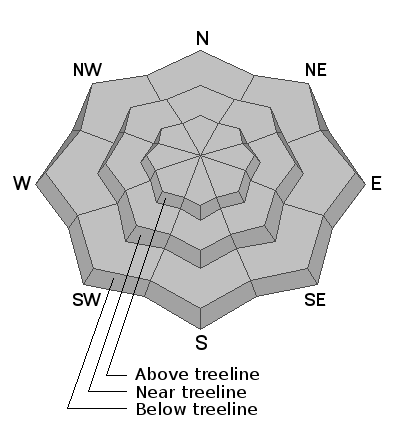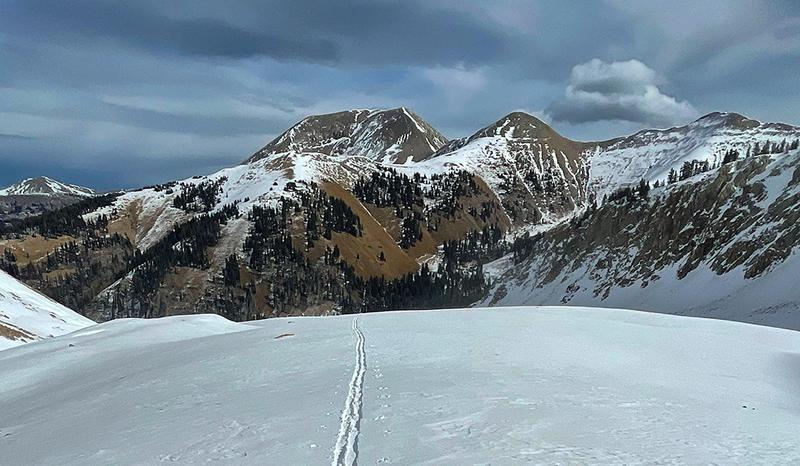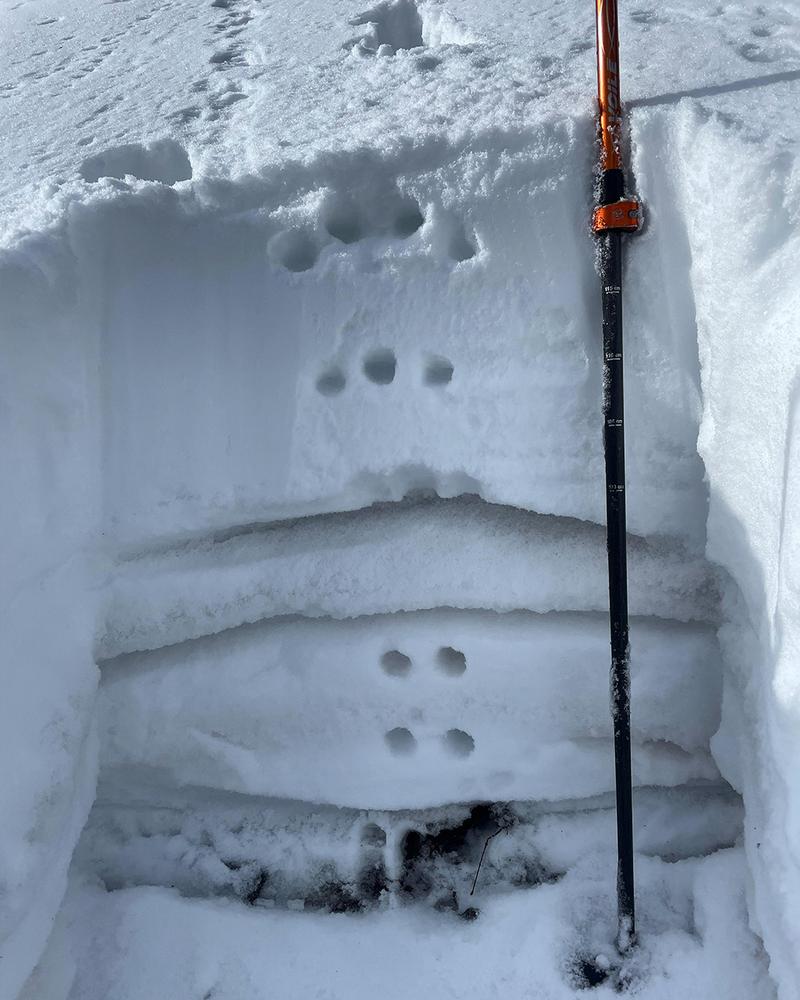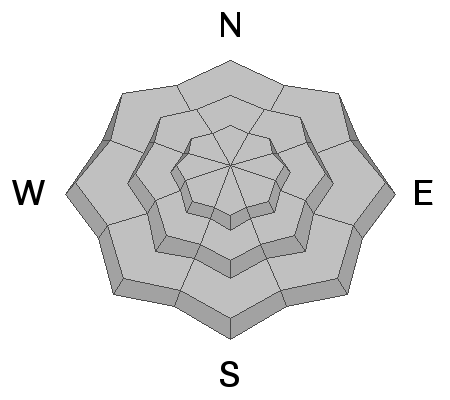Forecast for the Moab Area Mountains

Issued by Eric Trenbeath on
Saturday morning, November 6, 2021
Saturday morning, November 6, 2021
Conditions are generally too thin for over snow travel. On isolated, northerly aspects in the high country enough snow exists to make human triggered avalanches possible. A triggered avalanche would likely be small but it could potentially knock you down and send you crashing into rocks. If you find yourself in the high country, avoid steep, wind drifted slopes and look for signs of instability such as cracking in the snow surface. This forecast will be updated as conditons warrant.

Low
Moderate
Considerable
High
Extreme
Learn how to read the forecast here









